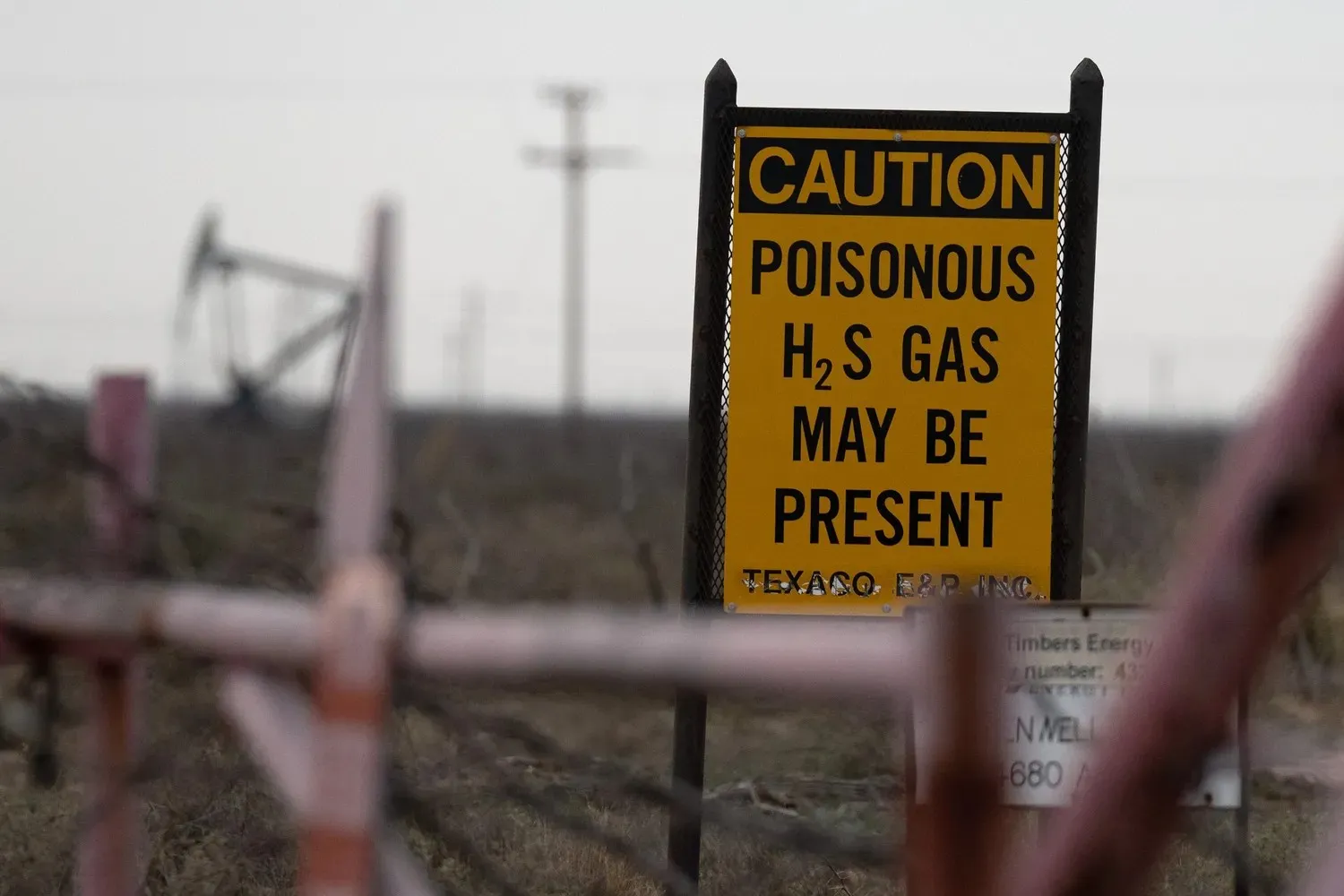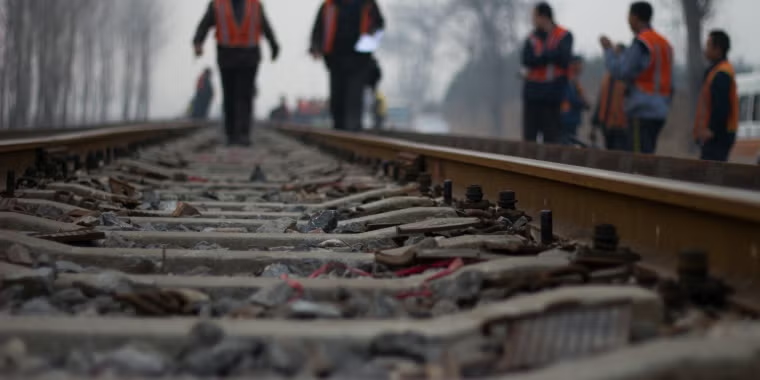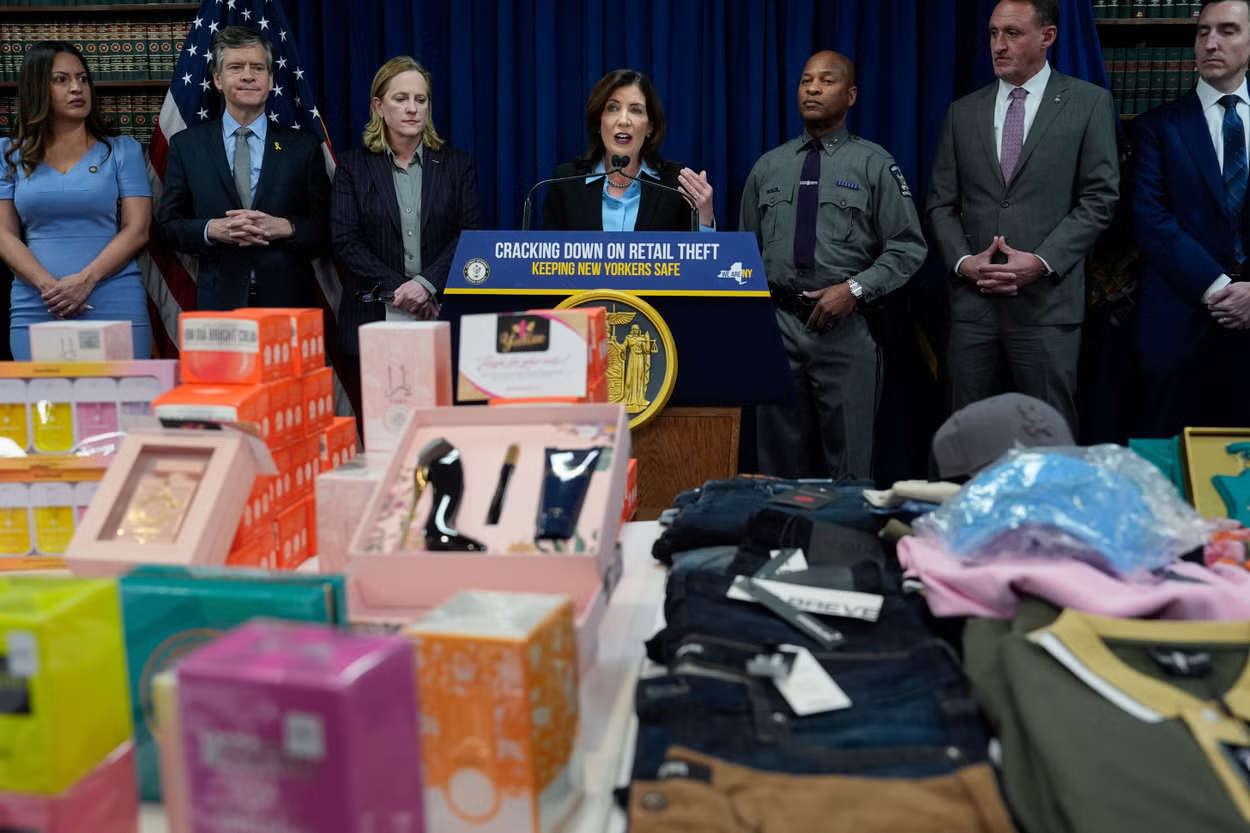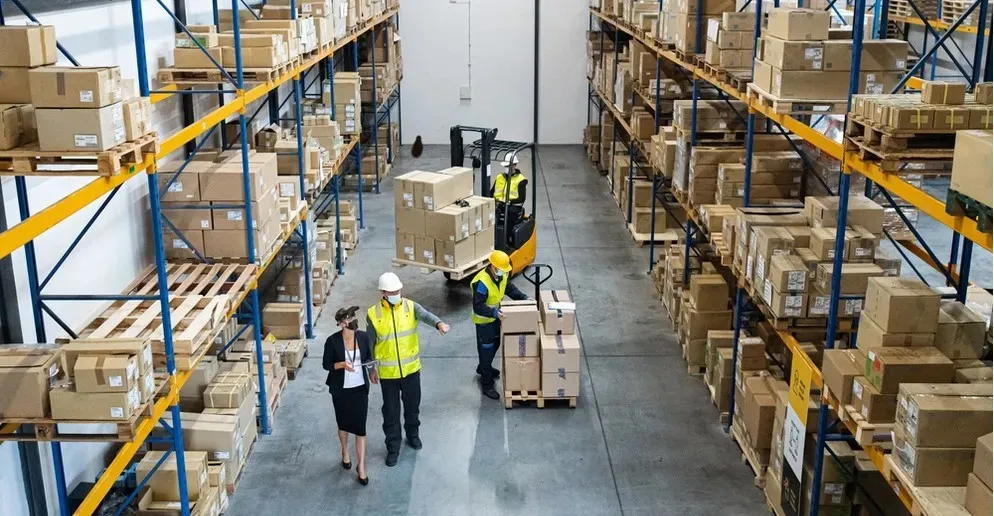
There will still be hundreds of high-risk plants that aren't being watched in 2025. Even though federal officials warned years ago that dangerous spills were likely to happen at abandoned industrial sites, this puts people who live nearby at risk of long-term poisoning.
The report says that many chemical manufacturing and storage facilities still use old containment systems, some of which were put in place more than 40 years ago. This was done by looking at inspection data, state environmental reports, and statistics on EPA enforcement. These buildings hold a lot of different chemicals, such as benzene, ammonia, petroleum derivatives, and industrial solvents.If they leak, they could be bad for people's health and the environment.
Several states admitted that they don't have the staff or tools they need to do regular inspections on site.Some people depend on businesses to report problems on their own, but this often doesn't happen until it's too late.
According to private EPA briefings from 2023 and 2024, putting off inspections makes it more likely that violations will go unreported and damage soil and groundwater. Records show that many places don't have the right spill prevention measures or haven't kept them up to date. People who live in older industrial areas in Louisiana, Ohio, and Texas told investigators that they have had trouble breathing, seen water change color, and smelled chemicals. But government agencies either didn't respond at all or took a long time to do so.

Groundwater Threatened as States Delay Repairs
A look at state and federal environmental data shows that mid-century industrial infrastructure, outdated monitoring systems, and old underground fuel tanks are putting groundwater supplies across the country at greater risk. Investigators found that many older industrial sites still use leak-detection systems that are decades out of date and that many storage tanks still rely on data that isn't always correct or up to date. Contamination often goes unnoticed until it harms nearby soil or drinking water supplies.
Regulators say that one of the problems is not having enough workers. In some places, fewer than three inspectors are responsible for hundreds of facilities. In other states, inspection teams are too small to keep an eye on all the sites that need it. Cleanup orders may not be carried out for months while waiting for scientific evaluation. Sometimes, state officials and corporately paid environmental consultants argue about how serious the hazards are and how quickly action needs to be taken.
Dr. Ming Chen, a groundwater hydrologist, said, "When monitoring depends on old technology, contamination can spread before anyone knows there's a problem." Environmentalists say that delays are already putting vulnerable areas at risk, especially those near older industrial corridors and fuel-storage hubs. This is despite federal authorities' claims that new rules set to take effect in 2026 will improve reporting standards and inspection requirements.

Skenes and Skubal Win Cy Young Awards as Future Uncertainty Grows
NOVEMBER 12, 2025

Investigation News

Train Safety Failures Persist as Federal Oversight Struggles to Keep Up
A nationwide investigation finds recurring rail safety lapses as outdated equipment, staff shortages, and slow federal inspections continue into 2025.
INVESTIGATION NEWS BY NOVEMBER 6, 2025

Retail Theft Rings Expand Nationwide
A national study found that law enforcement is having a hard time keeping up with how smart organized retail crime networks are getting.
INVESTIGATION NEWS BY NOVEMBER 7, 2025

Warehouse Slowdowns Reveal Hidden Weakness in U.S. Supply Chains
An investigation finds major U.S. warehouses facing severe staffing shortages and outdated systems, creating silent bottlenecks across national supply chains.
INVESTIGATION NEWS BY NOVEMBER 5, 2025







